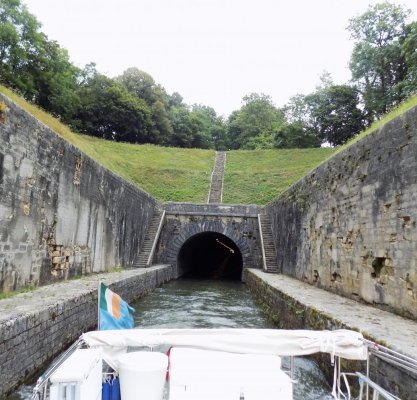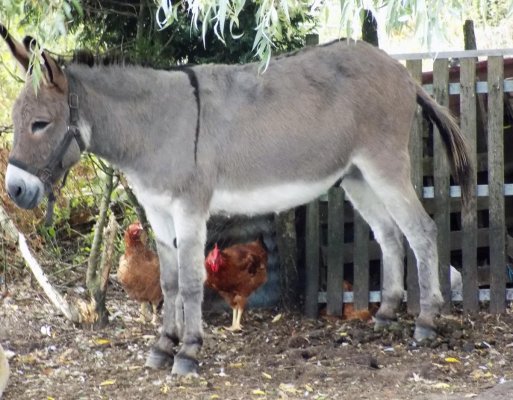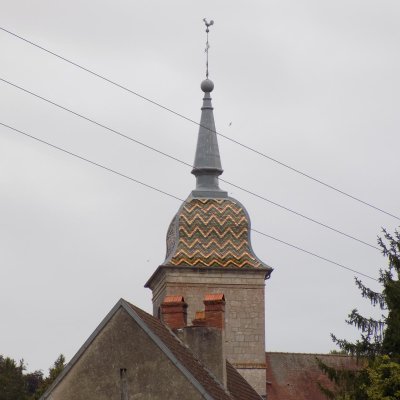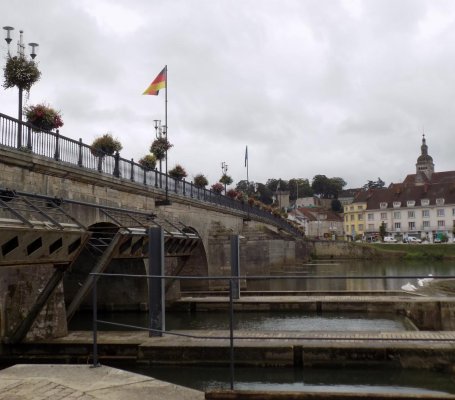Irish Rambler
Guru
- Joined
- Apr 29, 2014
- Messages
- 1,733
- Location
- FRANCE
- Vessel Name
- 'Snow Mouse.'
- Vessel Make
- BROOM FLYBRIDGE 42.
In a previous I mentioned a small town just outside Adelaide in Australia, to set the record straight the name of the town is Hahndorf.
Another very pretty town on the Moselle is Berkastel but sadly we couldn't stop there as the only moorings were for the big hotel ships and we definitely were not welcome to moor there, there are very few moorings for private boats which is a shame.
In the past the hotel ships and camping cars were sufficient to keep the tourist industry booming but the recession in Europe has slashed the number of passengers for the hotel ships and many barely had a third of their compliment.
Some farmers have found that a park for camping cars is more profitable for less work than farming and we saw one park stretched for over a kilometre.
Someone had discovered an old Roman galley during excavations, the original is being preserved in a museum but a group of people built a 10 man replica, the rudder you see was called by the Vikings a stuersboard steering board ,this over time became starboard. Sailing ships when entering port turned their masts fore and aft to facilitate loading/unloading on the easiest side due to their rigging and this became known as the port side.
Another very pretty town on the Moselle is Berkastel but sadly we couldn't stop there as the only moorings were for the big hotel ships and we definitely were not welcome to moor there, there are very few moorings for private boats which is a shame.
In the past the hotel ships and camping cars were sufficient to keep the tourist industry booming but the recession in Europe has slashed the number of passengers for the hotel ships and many barely had a third of their compliment.
Some farmers have found that a park for camping cars is more profitable for less work than farming and we saw one park stretched for over a kilometre.
Someone had discovered an old Roman galley during excavations, the original is being preserved in a museum but a group of people built a 10 man replica, the rudder you see was called by the Vikings a stuersboard steering board ,this over time became starboard. Sailing ships when entering port turned their masts fore and aft to facilitate loading/unloading on the easiest side due to their rigging and this became known as the port side.



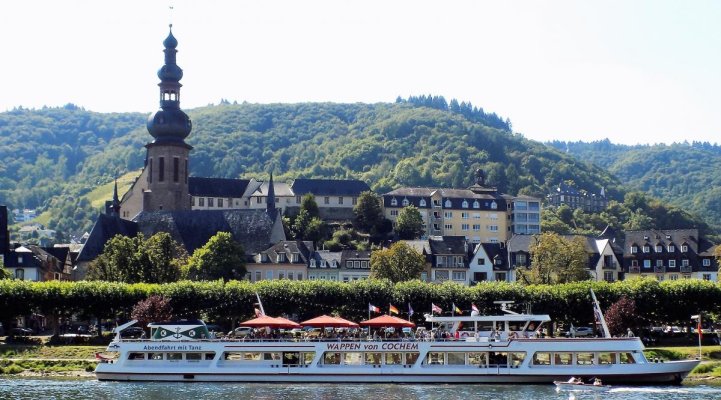
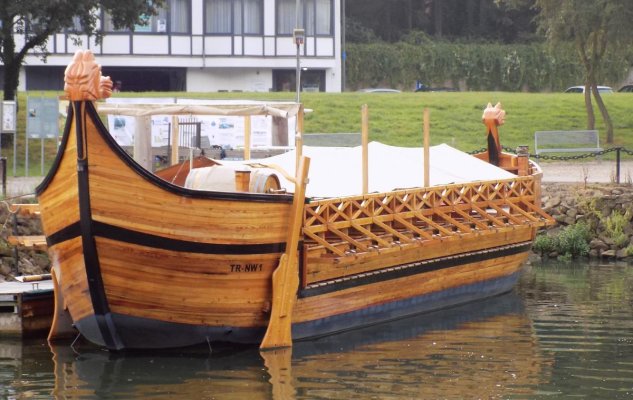

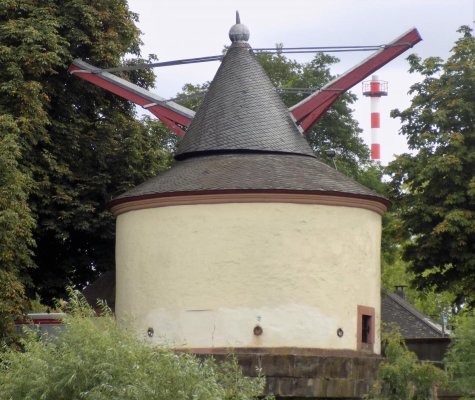
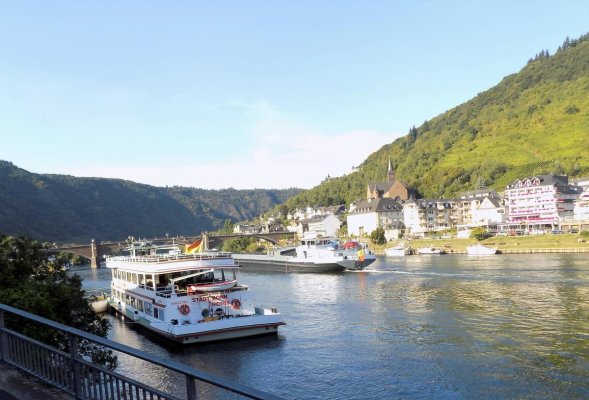
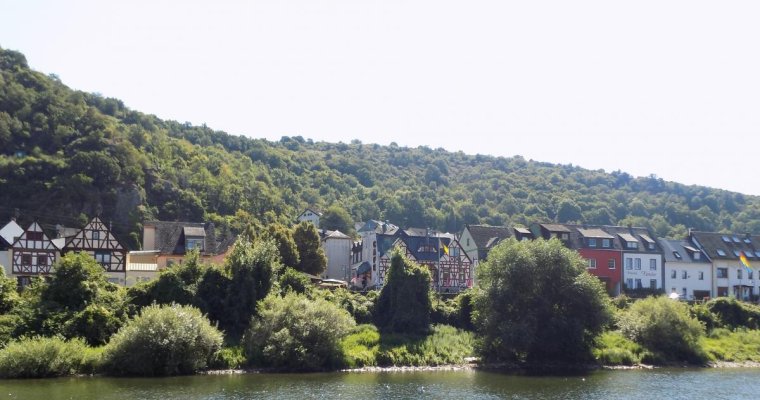
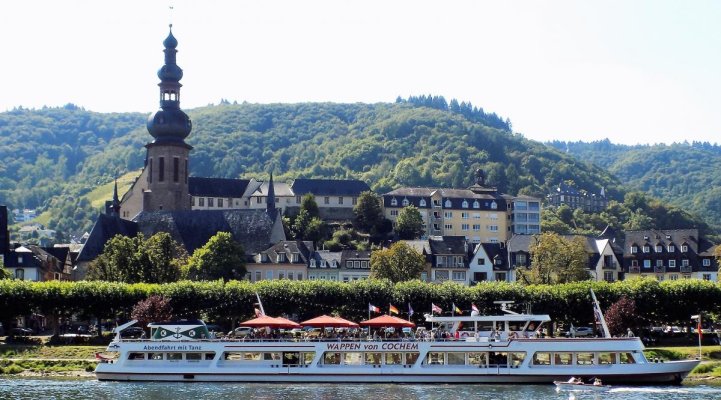
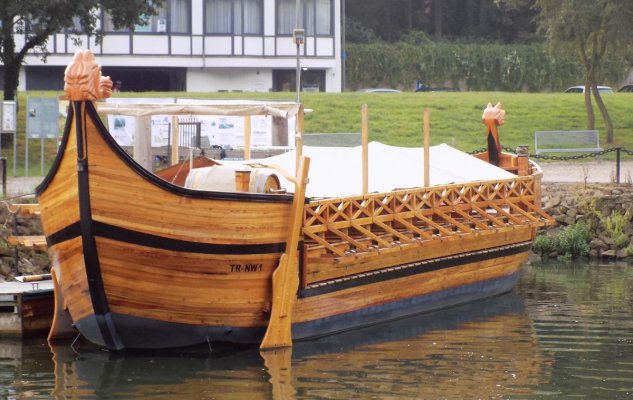




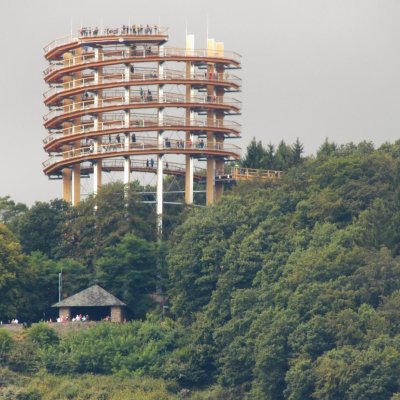
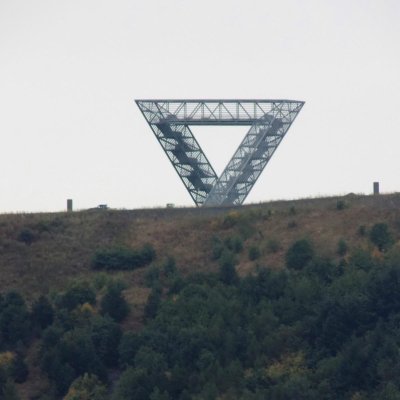

![Germanylg[1].gif](/data/attachments/51/51208-ea5a44c69ddf700b031f99cc90e08c6d.jpg)
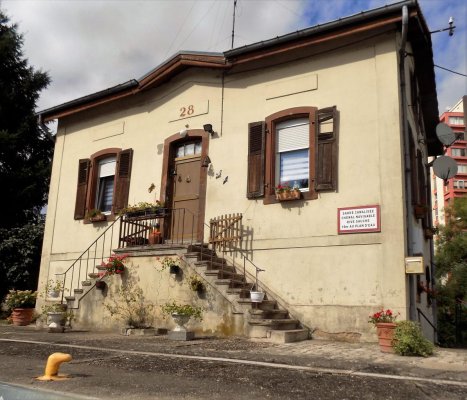

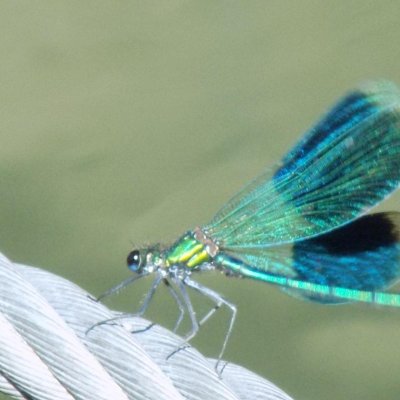
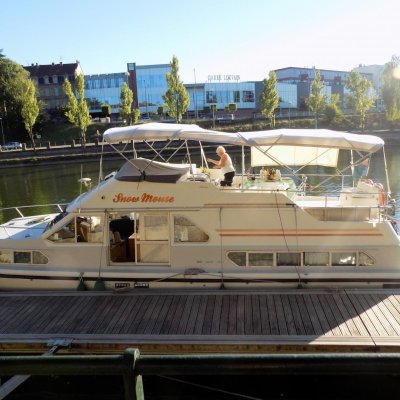


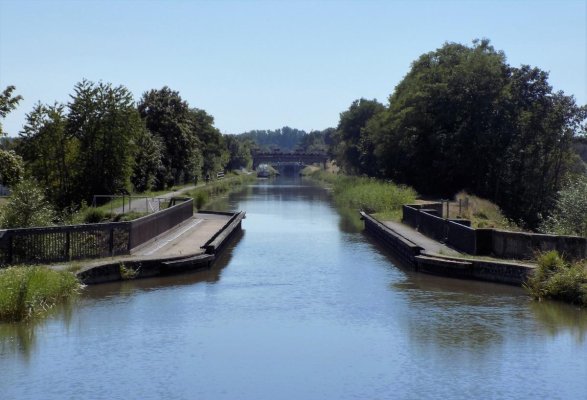
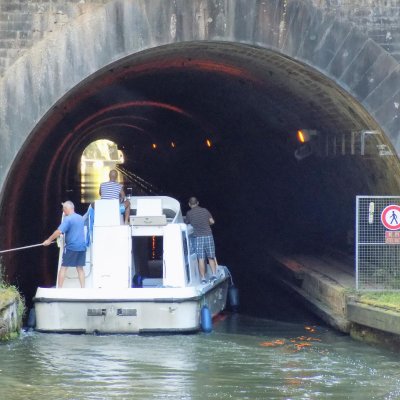

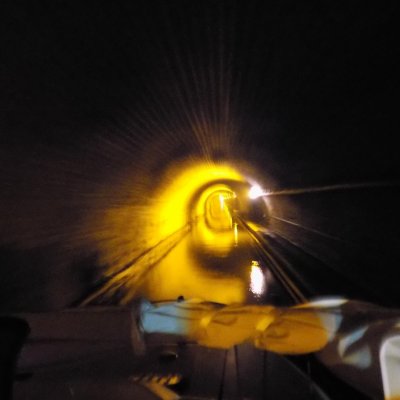






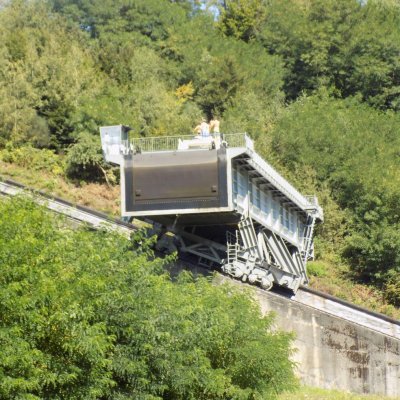


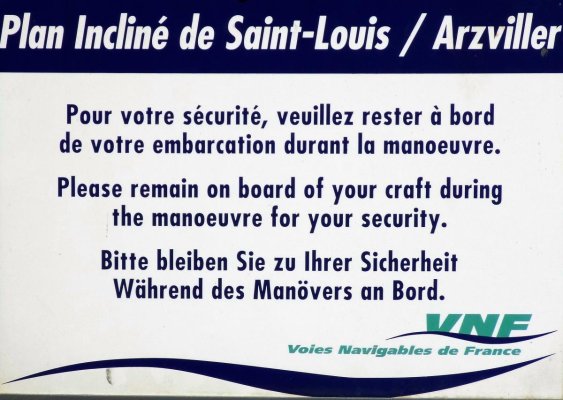

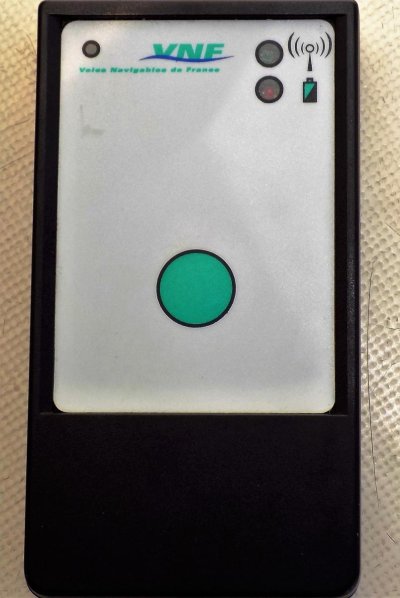


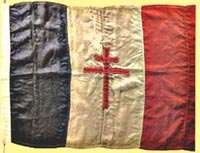


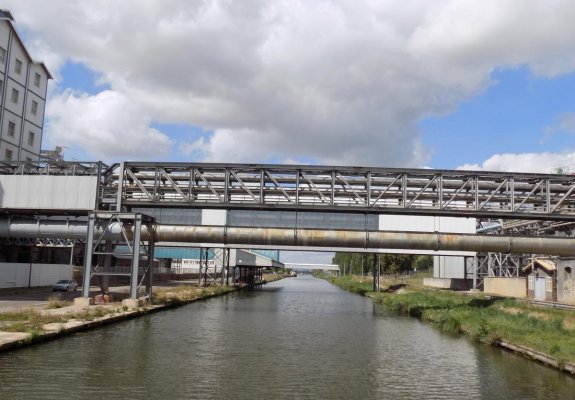
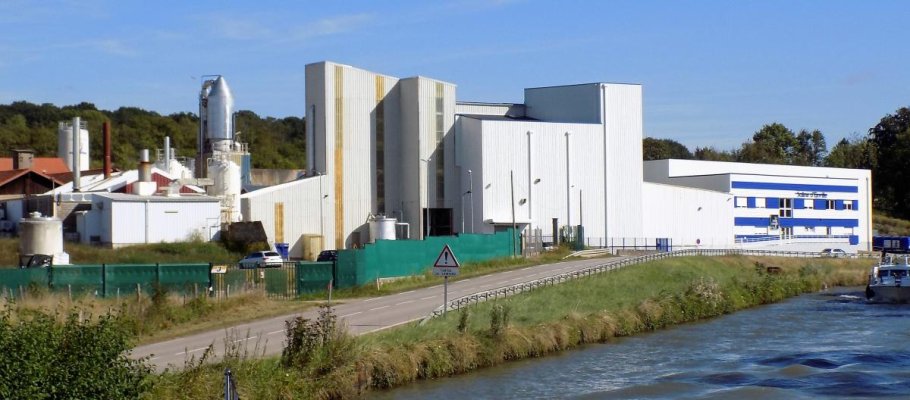








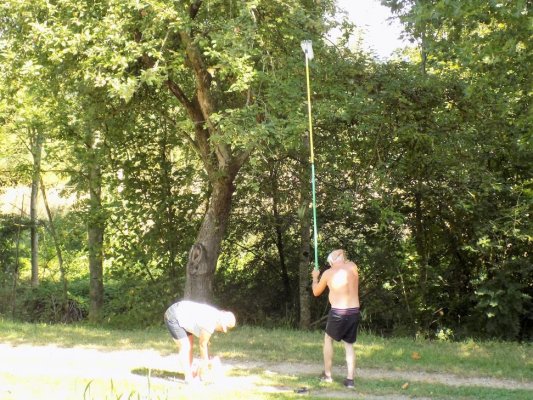



![Francelg[1].gif](/data/attachments/51/51839-04693a8d7a3ed6a1eddce251dfa4598f.jpg)













